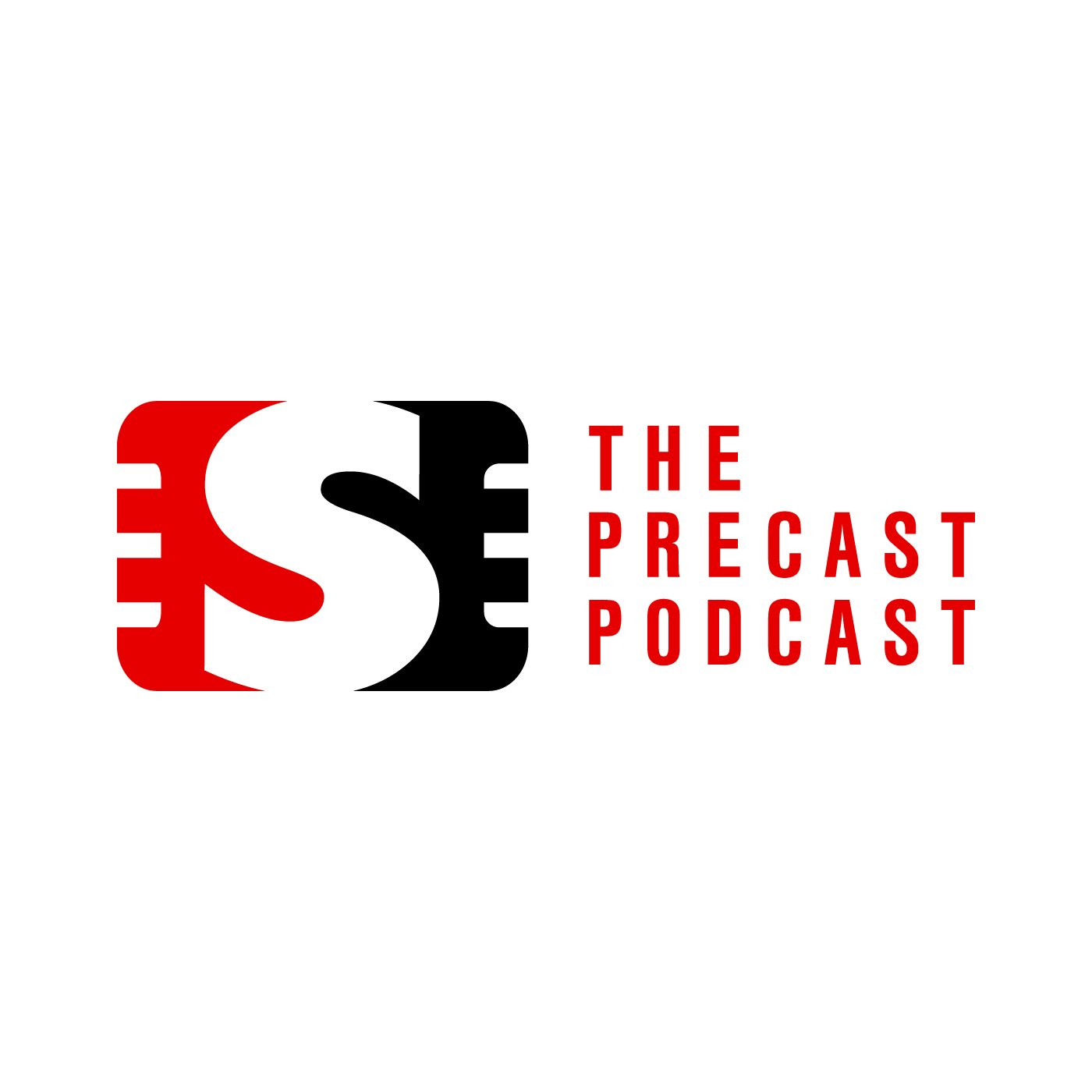In this episode of The Precast Podcast we dive into watertight tanks from the walls to the joints to the access risers!
The need for holding liquid in an assembled precast concrete structure is an increasingly necessary task. Infiltration can overload an onsite septic system and exfiltration may cause contamination of surrounding soils and possibly a drinking water well. A lot goes into manufacturing a high-quality precast concrete tank and you do not want to forget about proper field installation and ensuring joints are resilient. We thank Sam Lines for sharing his knowledge and helping us provide quality educational episodes to our industry!
Shea Concrete Products is excited to announce our 7th “Virtual” Technical Engineering Seminar that is available through our Podcast (The Precast Podcast) and will allow for an online library of technical seminars that professionals can access to gain industry knowledge and stay current with professional development credit hour requirements.
This “virtual” seminar opportunity allows for participants to obtain two (2) individual professional development credit hours as follows:
- 1.0-Professional Development Hour (PDH)
- 1.0-“NHDES Subsurface Systems Bureau” Credit Hour (NHDES Subsurface Designers & Installers)
WATERTIGHT PRECAST CONCRETE TANKS… FROM WALLS TO JOINTS TO RISERS
Presentation Summary: In this episode of The Precast Podcast we dive into watertight tanks from the walls to the joints to the access risers! The need for holding liquid in an assembled precast concrete structure is an increasingly necessary task. Infiltration can overload an onsite septic system and exfiltration may cause contamination of surrounding soils and possibly a drinking water well. A lot goes into manufacturing a high-quality precast concrete tank and you do not want to forget about proper field installation and ensuring joints are resilient. We thank Sam Lines for sharing his knowledge and helping us provide quality educational episodes to our industry!
Presenter: Sam Lines – Engineering Manager (Concrete Sealants, Inc.)
Presenter BIO: Sam Lines is the Engineering Manager for Concrete Sealants, Inc. Sam began his precast concrete career in 1990 as a project designer for Hartford Concrete Products in Indiana. Later, he was promoted to Quality Engineer and eventually Quality and Safety Director. Joining Concrete Sealants in 2005, Sam brought his experience in precast to the industry by providing technical support, plant visits, and education to precast plants around the United States. Sam holds a Master of Business Administration degree from Indiana Wesleyan University, and he is a certified Lean Six Sigma Master Black Belt. Sam’s research interests include concrete durability and effective leadership. Sam is the Main Committee Chair of ASTM C27 for Precast Concrete, and an active member of ASTM C13 for Concrete Pipe and ASTM C09 for Concrete and Aggregates. He also actively serves on committees 125, 201, and 241 of the American Concrete Institute. Additionally, Sam is on the Board of Directors of the National Precast Concrete Association (NPCA), and he is the Technical Liaison for the Ohio Precast Concrete Association board of directors.
HOW TO GET YOUR CREDIT HOURS
1. Download the PDF version of the “Watertight Precast Concrete Tanks … From Walls to Joints to Risers” presentation.
2. After listening to “The Precast Podcast” Episode 43 email Hugh Scott the three (3) 6-digit numeric codes provided & indicate what credit hour certificates (as outlined above) you would like.
3. You will receive individual credit hour certificates for your records via email.
Please contact Hugh Scott, PE at 978-447-2041 or [email protected] with any questions. Email correspondence is preferred.


